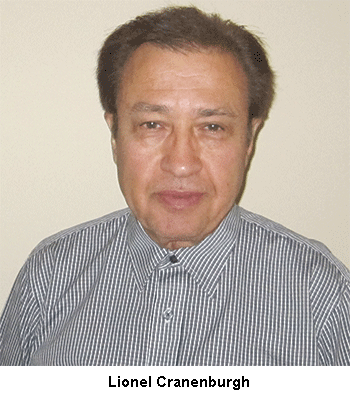New student visa policy: early days
 Student visa 2016 policy changes have impacted higher education institutions down under, which host 450,000 international students, with gale force. The previous Liberal-National Party coalition government’s much-publicised review of the earlier policy resulted in a Simplified Student Visa Framework (SSVF) which promised great benefits by reducing the visa categories from eight to two, and a simplified single immigration risk framework.
Student visa 2016 policy changes have impacted higher education institutions down under, which host 450,000 international students, with gale force. The previous Liberal-National Party coalition government’s much-publicised review of the earlier policy resulted in a Simplified Student Visa Framework (SSVF) which promised great benefits by reducing the visa categories from eight to two, and a simplified single immigration risk framework.
However, ab initio, the new visa processing regime under SSVF has inconvenienced thousands of students from India and China who have had to endure frustrating delays in having their visas processed. The claim of the department of immigration and border protection (DIBP) that it would process 75 percent of applications within a month has failed miserably and prompted several universities and service providers to indefinitely postpone some planned study programmes. If the DIBP had made it clear that international students could clear immigration on a bridging visa to start their study programmes and switch to a single student visa (subclass 500) later, it would have created a safety net. Providing for a bridging visa system would not have created the embarrassment of the Chinese Scholarship Council advising Chinese students accepted into postgraduate programmes in Australia, to look elsewhere.
Reputable institutions such as Macquarie University, the International Education Association of Australia and English Australia, which represents English language colleges, have criticised SSVF for grouping students from ‘low immigration risk’ countries such as UK and Japan together with high-risk countries such as Nepal, Pakistan and India. While available data indicates that the highest number of students whose visas have been cancelled are from China, India and Thailand, fine grain analysis isn’t available to indicate the proportion of cancellations due to students’ changed study plans, withdrawal from study programmes and/or fraud or breaches of immigration policy.
Stereotypical thinking by bureaucrats, blind prejudice and/or inadequate communication between the DIBP and foreign officials are factors that can ruin career prospects of outstanding students. Recently, Ananth S.M, an aerospace postgrad from IIT-Kanpur awarded a fully-funded Ph D research position by the University of Melbourne, was denied a visa by DIBP because a report from the Australian high commission in Delhi suggested he could be involved in the “proliferation of weapons of mass destruction”. The incumbent DIBP minister, Peter Dutton, hasn’t helped clear suspicions about SSVF by stating that he prefers to leave “operational matters” to bureaucrats. The case, which received wide publicity in the media, has gravely damaged Oz’s reputation as a reliable higher education destination.
However, the new SSVF has been welcomed by public sector service providers who take pains to recruit bona fide students and penalise ‘ghost’ students who don’t show up for classes because they are hunting for employment. Federal government figures provided to the Senate, indicate 10,949 foreign students had their visas cancelled in 2015 for a wide variety of breaches. Navitas, a leading Australian student recruitment firm that recruits 80 percent of its Nepalese and Indian students through agents, conducted an internal check and sacked 40 problematic agents.
While tougher screening tests may ensure only genuine students enter Australia, there’s widespread outrage from agents, the Federation of Indian Students of Australia and others about the practice of cancelling issued visas after the practice of holding cursory airport interviews with students from India and China, with reports indicating the highest number of deportees are from these countries.
Quite clearly, SSVF was introduced with the best intentions to remedy a bad and confusing situation that prevailed earlier. However, the reforms need to be better managed. Several Australian state governments and departments, with varying standards, influence the operations of universities, TAFEs (technical and further education institutions) and schools within their jurisdiction. In 2016, an Indian student was notified by the National Office of Overseas Skills Recognition that the class XII school-leaving exam of the Punjab School Education Board wasn’t recognised as equivalent to an Australian class XII qualification, with Daljit Singh Cheema, chairman of PSEB, insisting that its quality of education is excellent. Such situations could be better managed by Universities Australia providing a federal government-endorsed list of approved schools in China and India, rather than leaving it to visa officers in each state to make arbitrary choices.
Be that as it may, the general opinion of educators about SSVF is positive. Sustained pressure from key service providers on the federal government has led to positive benefits making the new framework less complex, less expensive with tighter screening of applicants from high-risk countries. All education providers can participate without having to devise complex strategies to obtain or sustain low institutional immigration risk rating. However, it’s still early days for SSVF. Universities Australia’s deputy chief executive, Anne-Marie Lansdown, has pleaded for time to enable universities to develop the confidence to recruit students from new markets. This is a rational plea.
(Lionel Cranenburgh is the Australia-based CEO of Lionel Cranenburgh & Associates, a career development and training company)















Add comment